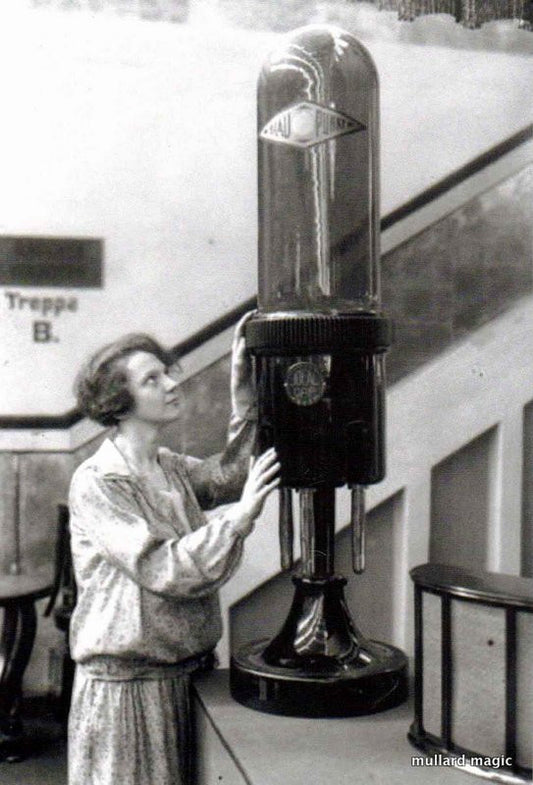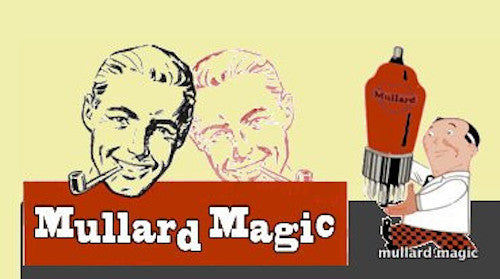THE GREAT MULLARD MAGIC BLOG

The Air Ministry (AM) Anglepoise Lamp (5C/1079)...
This style of Ministry of Defence (MOD) lamp was used in several different types of British aircraft during the WW2 and post-WW2 era. Its primary use was as a Navigator’s workstation...
The Air Ministry (AM) Anglepoise Lamp (5C/1079)...
This style of Ministry of Defence (MOD) lamp was used in several different types of British aircraft during the WW2 and post-WW2 era. Its primary use was as a Navigator’s workstation...

MULLARD INTRODUCES NEW TOOLS FOR THE SERVICE EN...
"Inevitable progress towards the common employment of miniature all glass valves has introduced many new problems for manufacturers and dealers." This is what Mullard told us in late...
MULLARD INTRODUCES NEW TOOLS FOR THE SERVICE EN...
"Inevitable progress towards the common employment of miniature all glass valves has introduced many new problems for manufacturers and dealers." This is what Mullard told us in late...

THE MULLARD ONE ARM BANDIT FROM DECEMBER 1950
Many users found the depression of the RHS handle to operate the Mullard High Speed Valve Tester quite wearing - and this at a time before repetetive strain injuries were invented...
THE MULLARD ONE ARM BANDIT FROM DECEMBER 1950
Many users found the depression of the RHS handle to operate the Mullard High Speed Valve Tester quite wearing - and this at a time before repetetive strain injuries were invented...

OOOH! GIRLS LIKE BIG UNS A LOT!
Well, whatever did you think, shame on you......... You know, it is said that there is nothing new in show business or advertising and here we have three photos just...
OOOH! GIRLS LIKE BIG UNS A LOT!
Well, whatever did you think, shame on you......... You know, it is said that there is nothing new in show business or advertising and here we have three photos just...

THE MULLARD MASTER TEST BOARD & THE PHILIPS SER...
The Mullard Master Test Board (MMTB), introduced in 1935 is in actuality a re-badged Philips Cartomatic GM7629, often referenced as the Cartomatic Mk1. In every other European country it was sold...
THE MULLARD MASTER TEST BOARD & THE PHILIPS SER...
The Mullard Master Test Board (MMTB), introduced in 1935 is in actuality a re-badged Philips Cartomatic GM7629, often referenced as the Cartomatic Mk1. In every other European country it was sold...

WHAT MULLARD VALVES DOES MY EKCO RADIO TAKE?
Jose from Soller in Majorca contacted me today asking what valves his trusty Ekco needed and that he was searching for Mullard valves. I told him that I would come...
WHAT MULLARD VALVES DOES MY EKCO RADIO TAKE?
Jose from Soller in Majorca contacted me today asking what valves his trusty Ekco needed and that he was searching for Mullard valves. I told him that I would come...
